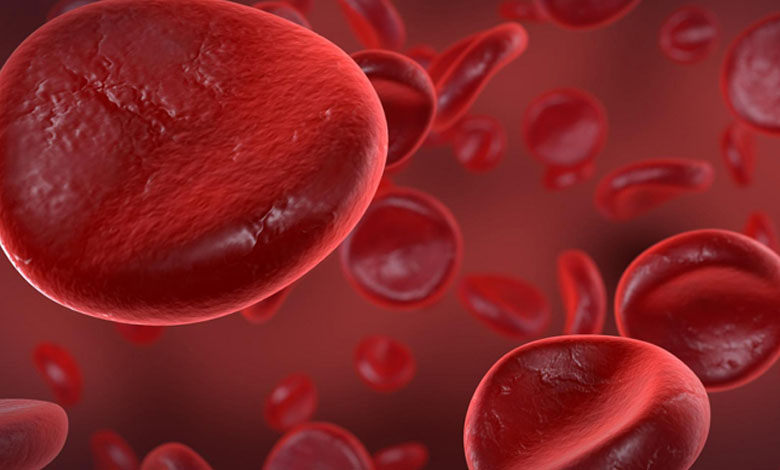Blood cancer – All You Need to Know

Hematological cancers, more generally called “blood cancer”, are abnormalities in the maturation process of blood cells: a kind of error that causes a developing cell to start multiplying abnormally – which disrupts the development of its neighbours. In addition to the clinical examination, blood cancers can be diagnosed using many tools: blood test (for acute and chronic leukemia), biopsy (for lymphoma), bone marrow puncture (bone marrow sample, for myeloma). There are three families:
Lymphomas and myelomas
The most common are lymphomas: about half of blood cancers. They are characterized by the excessive proliferation of lymphocytes, most of the time in the lymph nodes, liver and spleen. There is a wide variety of lymphomas which are classified according to the type of cells, their initial location and whether they are aggressive or indolent. The two general categories of lymphoma are Hodgkin’s disease, which is cured in more than 80% of cases, and non-Hodgkin’s lymphoma (NHL).
There are also multiple myelomas. They develop at the expense of a certain family of white blood cells – plasma cells (very specialized B lymphocytes).
Then come leukaemias, which are often more serious. Again, there are three types:
Acute myeloid leukemia
Acute myeloid leukemia is a blood cancer that sets in quickly, even brutally. It is linked to the uncontrolled multiplication of immature cells, called “blasts”, which are abnormal and accumulate in the bone marrow and then gradually suffocate it.
The word “myeloid” refers to the bone marrow, the tissue where the elements of the blood are normally made. The marrow can then no longer function properly and ensure the production of blood cells, white blood cells, red blood cells and platelets. This is called bone marrow failure.
Chronic lymphocytic leukemia (CLL)
Chronic lymphocytic leukemia (CLL) develops slowly over months or even years, unlike acute leukemia which starts suddenly and develops over days or weeks. It is very rare in children and more common in the elderly.
Chronic myeloid leukemia (CML)
Chronic myeloid leukemia (CML), which is less serious, is most often discovered in the chronic phase, that is to say at a stage where treatments are now very effective. It can be discovered at any age but is more common in adults over 60 and there is a slight male predominance. CML is also characterized by an excessive and persistent production within the bone marrow of immature and therefore abnormal white blood cells. Chronic myeloid leukemia is caused by an abnormal exchange of DNA between 2 chromosomes: chromosomes 9 and 22, called the “Philadelphia chromosome”. It is this chromosome 22 that codes for an abnormal protein (BCR-ABL tyrosine kinase) causing the overproduction of immature white blood cells in patients with this disease.
These cancers are not always very serious. Some leukemias are only subject to simple medical supervision, and more than 60% of chronic lymphoid leukemias (CLL) are seen as having a good prognosis. Hodgkin’s lymphoma is even one of the most cured cancers, with a mixture of radiotherapy and chemotherapy. As for multiple myeloma, it is not necessarily treated if one is detected early enough: medical supervision is sufficient.












